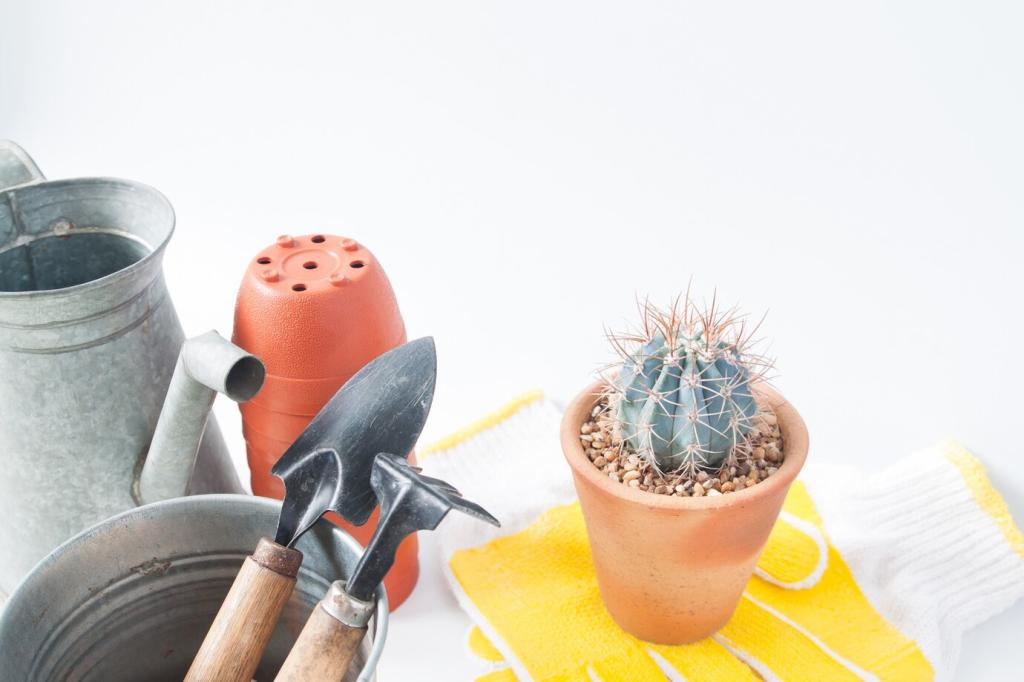Maintenance Made Human: Simple Routines, Big Results
Remove winter debris, cut back dead stems, and thin vigorous clumps to open flow paths. Check pumps, rinse skimmer baskets, and top up gravel shelves where frost heave shifted stones, setting your pool’s ecology on the right seasonal trajectory.
Maintenance Made Human: Simple Routines, Big Results
A few minutes every week goes far: skim floating leaves, brush steps, and monitor sunlight exposure. If algae appears, shade with floating plants, adjust circulation, and resist quick chemical fixes; ecological solutions hold longer and protect the swim experience.



